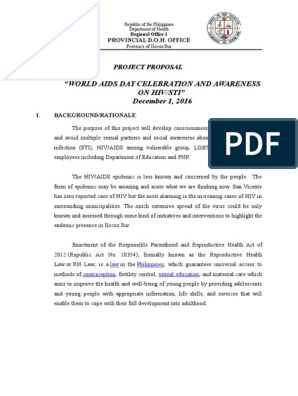0% found this document useful (0 votes)
113 views5 pagesExperiment: 4: Physical Separation Techniques
The document describes an experiment with 4 objectives: to familiarize separation techniques, distinguish solubility, and calculate percent recovery and mass in mixtures. The experiment involves separating a 3-component mixture (sodium chloride, iron filings, silicon dioxide) using filtration, evaporation, and magnetism. Percent composition is calculated by measuring masses of the original mixture and pure components.
Uploaded by
DCRUZCopyright
© © All Rights Reserved
We take content rights seriously. If you suspect this is your content, claim it here.
Available Formats
Download as DOCX, PDF, TXT or read online on Scribd
0% found this document useful (0 votes)
113 views5 pagesExperiment: 4: Physical Separation Techniques
The document describes an experiment with 4 objectives: to familiarize separation techniques, distinguish solubility, and calculate percent recovery and mass in mixtures. The experiment involves separating a 3-component mixture (sodium chloride, iron filings, silicon dioxide) using filtration, evaporation, and magnetism. Percent composition is calculated by measuring masses of the original mixture and pure components.
Uploaded by
DCRUZCopyright
© © All Rights Reserved
We take content rights seriously. If you suspect this is your content, claim it here.
Available Formats
Download as DOCX, PDF, TXT or read online on Scribd
/ 5











































































































